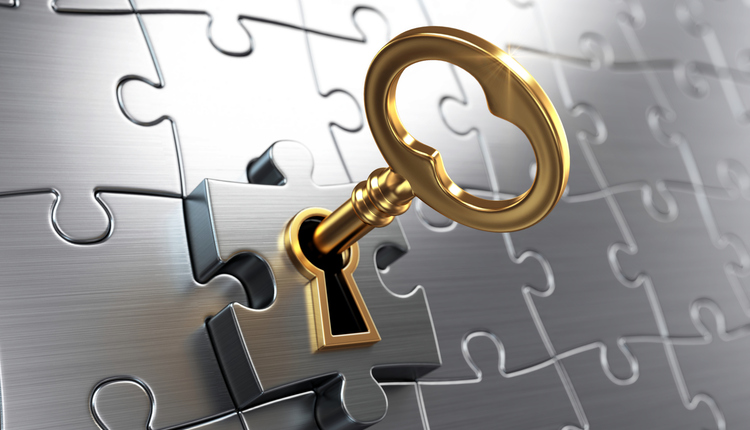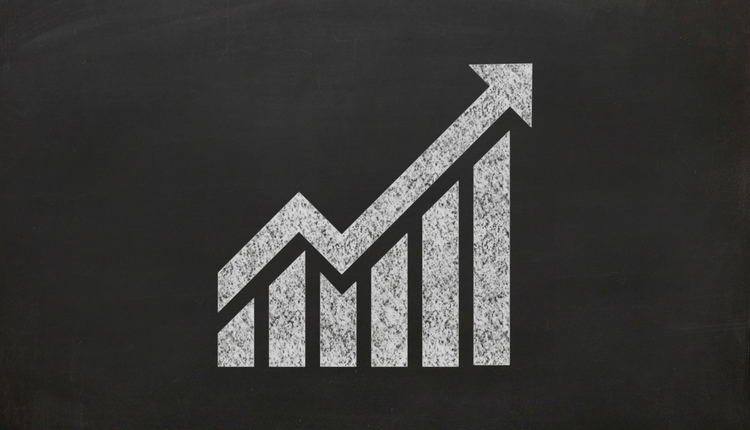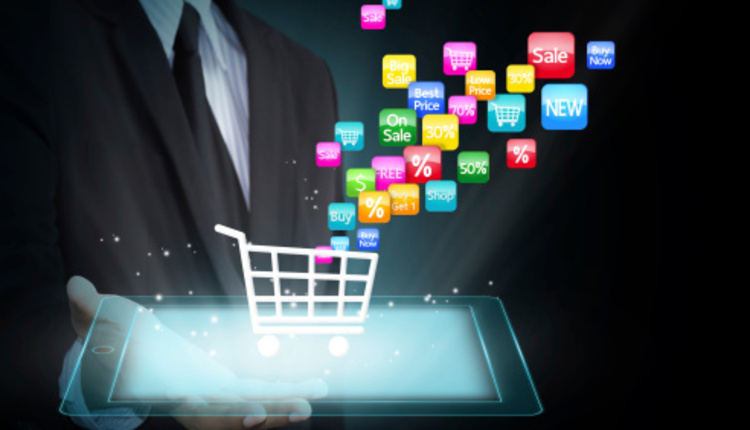Do you print bills or statements? Are you hearing from your internal or external customers that they want more consumers to convert to paperless communications but they can't achieve the desired participation?
We hear this a lot. In a recent study on print suppression, a majority of billers said they'd like to have more than 25% of their customers go paperless within the next five years. Consumer resistance is waning, but most still rely on that paper document to kick off their in-home bill-paying workflow.
Here's one idea that might be helpful for coaxing consumers into the electronic distribution channel.
Give Them a Choice
Instead of offering strictly a yes or no choice to suppress paper documents, how about also including the choice of a payment reminder? Payment reminders are simple postcards with a message to go online to view and pay the bill. For consumers who pay online, a postcard can be just as effective at directing them to the payment site as your current bill. It satisfies the need for a physical alert.
The cost for materials, handling, and postage is much less for postcards than a multi-page bill. It's better for the environment and the production time is minimal.
You might even experiment with printing QR codes on the postcards. Customers scan the codes with their mobile devices, taking them directly to a custom landing page (after entering the necessary verification information). Over 50% of users are expected to access the internet via mobile platforms within the next ten years. Connecting the printed documents to the electronic opens the door to two-way communication.
A Public Relations Opportunity
There is a powerful environmental message that can be associated with replacing paper bills and statements. Consumers are reminded every month that your company is doing its part to protect the environment. You could tally paperless conversions as they occur and display the results graphically on the company web site or get the local press to publicize your efforts to be greener. The public relations benefits could be substantial.
You might make reminder postcards the default for customers who regularly pay online. Of course you'll need to give plenty of warning, provide prominent notification messaging on the paper bills, and give consumers multiple ways to opt-out of the change. Not everyone has computers and internet access. And there are some consumers that will always insist on receiving the paper bills. However, participation is likely to be higher if you do not require consumers to specifically opt-in to postcard reminders.
Corporate executives are looking forward to a time when the majority of customers will switch to electronic document delivery. That will happen eventually. I don't think there is any doubt. But in the meantime, why not enjoy the economical and environmental savings today by giving consumers a choice they can live with?
I advise our clients to take an active approach and participate in the electronic transition instead of standing by while print and mail volumes continuously drop. There are some exciting opportunities in the future of customer communications.
Mike Porter is an expert in Print and Mail operations and President of Print/Mail Consultants, a consulting firm that helps companies nationwide be more productive, adapt to changing trends, and lower costs in their document operations. He welcomes your comments. For more information visit www.printmailconsultants.com or email Mike directly at mporter@printmailconsultants.com.
We hear this a lot. In a recent study on print suppression, a majority of billers said they'd like to have more than 25% of their customers go paperless within the next five years. Consumer resistance is waning, but most still rely on that paper document to kick off their in-home bill-paying workflow.
Here's one idea that might be helpful for coaxing consumers into the electronic distribution channel.
Give Them a Choice
Instead of offering strictly a yes or no choice to suppress paper documents, how about also including the choice of a payment reminder? Payment reminders are simple postcards with a message to go online to view and pay the bill. For consumers who pay online, a postcard can be just as effective at directing them to the payment site as your current bill. It satisfies the need for a physical alert.
The cost for materials, handling, and postage is much less for postcards than a multi-page bill. It's better for the environment and the production time is minimal.
You might even experiment with printing QR codes on the postcards. Customers scan the codes with their mobile devices, taking them directly to a custom landing page (after entering the necessary verification information). Over 50% of users are expected to access the internet via mobile platforms within the next ten years. Connecting the printed documents to the electronic opens the door to two-way communication.
A Public Relations Opportunity
There is a powerful environmental message that can be associated with replacing paper bills and statements. Consumers are reminded every month that your company is doing its part to protect the environment. You could tally paperless conversions as they occur and display the results graphically on the company web site or get the local press to publicize your efforts to be greener. The public relations benefits could be substantial.
You might make reminder postcards the default for customers who regularly pay online. Of course you'll need to give plenty of warning, provide prominent notification messaging on the paper bills, and give consumers multiple ways to opt-out of the change. Not everyone has computers and internet access. And there are some consumers that will always insist on receiving the paper bills. However, participation is likely to be higher if you do not require consumers to specifically opt-in to postcard reminders.
Corporate executives are looking forward to a time when the majority of customers will switch to electronic document delivery. That will happen eventually. I don't think there is any doubt. But in the meantime, why not enjoy the economical and environmental savings today by giving consumers a choice they can live with?
I advise our clients to take an active approach and participate in the electronic transition instead of standing by while print and mail volumes continuously drop. There are some exciting opportunities in the future of customer communications.
Mike Porter is an expert in Print and Mail operations and President of Print/Mail Consultants, a consulting firm that helps companies nationwide be more productive, adapt to changing trends, and lower costs in their document operations. He welcomes your comments. For more information visit www.printmailconsultants.com or email Mike directly at mporter@printmailconsultants.com.










